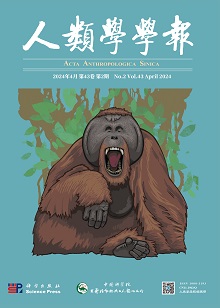According to historical records, She people had lived at the junction of Guangdong, Fujian and Jiangxi before Tang Dynasty. Today She people are mainly distributed in seven provinces, including Fujian, Zhejiang, Jiangxi, Guangdong, Anhui, Hunan and Guizhou. However, there has been a great controversy about the origin and migration of She people. In this study, we randomly selected 504 She nationality adults (285 males and 219 females) aged above18 years old from Fu’an city and Fuding city of Fujian Province, with measuring 10 Physical parameters including stature, weight, biepicondylar breadth of the humerus, biepicondylar breadth of the femur, circumference of tensed arm, circumference of claf, thickness of triceps skinfold, subscapular skinfold, supraspinale skinfold and middle calf skinfold. The Heath-Carter somatotype method was used to analyze the somatotype of She people in eastern Fujian. The average somatotype of She males (5.02-3.76-1.76) was endodermic, while the average somatotype of females (6.91-3.50-1.23) was endodermic. Compared with other southern ethnic minorities in China, the results show that somatotype of She people is closer to Han groups, especially the Han people from southern and eastern Fujian, and Han people from Guangxi, but more different from southern ethnic minority, which suggested that formation process of She nationality is closely related to Han nationality. This study provides the biological clue for origin of She, and also provides the necessary data and materials for the anthropological research in China.











